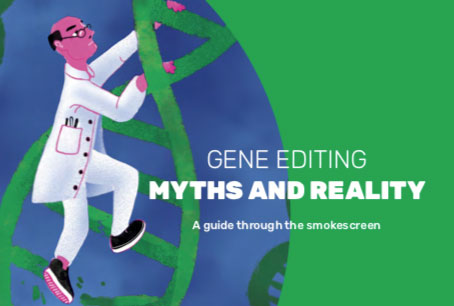Two investigative reports look into the secrecy behind the Bayer CropScience chemical plant explosion in West Virginia, US, in 2008. The explosion killed Bayer employee Barry Withrow. (Time 6:34)
One of the men who died, Barry Withrow, had a toxic level of cyanide in his blood that no one has been able to explain. Sixteen air monitoring devices meant to detect chemical releases and video cameras were not working or had been disabled.The Institute plant stores the largest amount of methyl isocyanate (MIC) in the world. Around 40,000 pounds of MIC are stored above ground here. Below ground is an additional storage tank that can hold up to 200,000 pounds of MIC. Congressional investigators concluded that the explosion could have easily damaged the nearby MIC storage tank and triggered a disaster that would have been worse than Bhopal.
An explosion at Union Carbide twenty five years ago in Bhopal India released 50,000-90,000 pounds of methyl isocyanate gas exposing around 500,000 people to deadly toxins. Within 72 hours about 8-10,000 people died. Since then it has been estimated that over 25,0000 people have died from toxic gas related diseases. These numbers do not include the hundreds of thousands of people who continue to suffer from gas related illness or are born with them. We should also consider how methyl isocyanate impacted Bhopal's environment, in the past, present, and for future generations.
Chemical companies have a history of disputing their roles in chemical accidents and often downplay the impact chemicals have on peoples health and the environment. These companies also have also been reluctant to compensate victims for pain and suffering.
Please check out this link to get eye opening facts about the deadly Bayer Chemical Plant Explosion on August 28, 2008.









